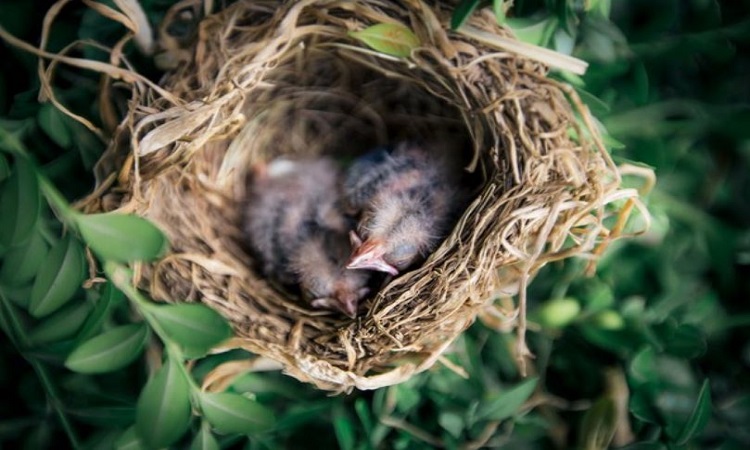
Washington: According to new research, ground-nesting birds known as lapwings exploit the design of their nests and surroundings to hide from predators.
Many ground-nesting species are declining as a result of changes in land management and high predator populations, such as foxes and crows. Conservation efforts can fail if too many eggs and chicks are consumed.
The current study, led by the University of Exeter, evaluated the visibility of lapwing nests in terms of cover (also known as "occlusion") and camouflage using models that imitate various predators' vision and viewing angles.
The findings demonstrated that, despite nesting in open fields, lapwings can hide their eggs by leveraging tiny differences in the landscape, rendering them undetectable to ground predators such as foxes from more than 1.5 metres away.
“Like children playing hide and seek, lapwings use cover to complement their camouflage,” said lead author George Hancock, from the Centre for Ecology and Conservation on Exeter’s Penryn Campus in Cornwall.
“If a nest is properly concealed in this way, it doesn’t matter how good a predator’s vision is – they simply won’t be able to see it until they are nearly on top of it.
“Nests and eggs are also camouflaged – blending in with their surroundings by matching the colour and pattern of their background – but it appears this is a secondary defence.”
Hancock worked with the Game and Wildlife Conservation Trust (GWCT) to estimate the form and height of lapwing nests and their surroundings using smartphone 3D scanners.
He also utilised specialised cameras to assess camouflage from the perspective of the lapwing's predators, who can see UV light (foxes, crows, and raptors).
“Lapwings tended to choose uneven ground for their nests,” Hancock said.
“They selected slightly elevated positions, reducing the risk of flooding and allowing them to see predators – without being so high as to stand out to predators.”
Lapwing populations have more than halved since the 1970s. The findings could help inform conservation efforts for this declining species, which is an iconic part of farmland in the UK and beyond. “Habitat variation appears to be crucial for allowing lapwings choice in where to nest,” Hancock explained.
“The growth of intensive agriculture has left ground-nesting birds with poorer choices of where to nest. Grazed fields provide good habitat, as long as they’re not overstocked with too many grazing animals. New technology is allowing us to better measure how animals see and view the world."
“Tilled fields can provide really good camouflage for eggs which match the bare earth and can be concealed by the rough geometry, but might be problematic for chicks which are more exposed.” (ANI)







